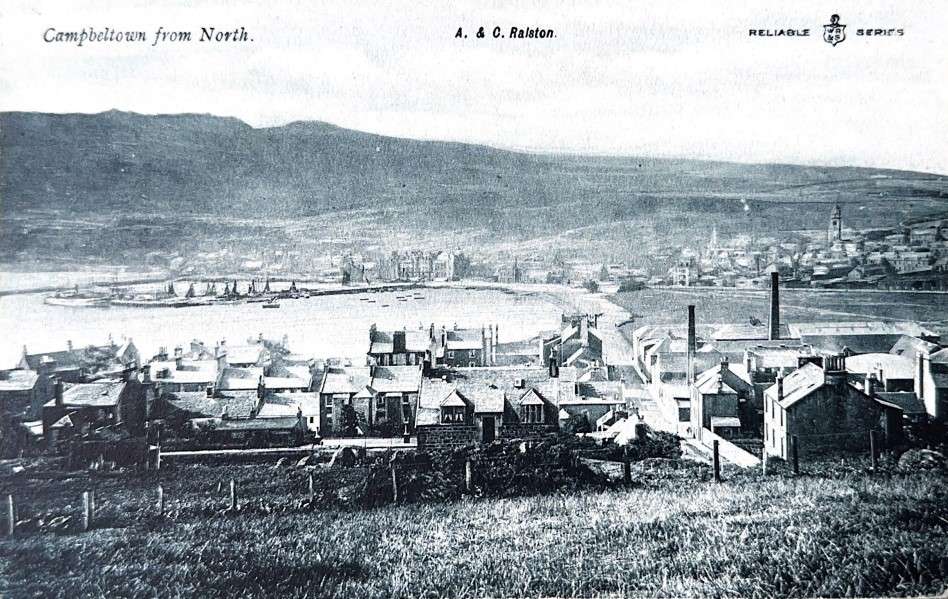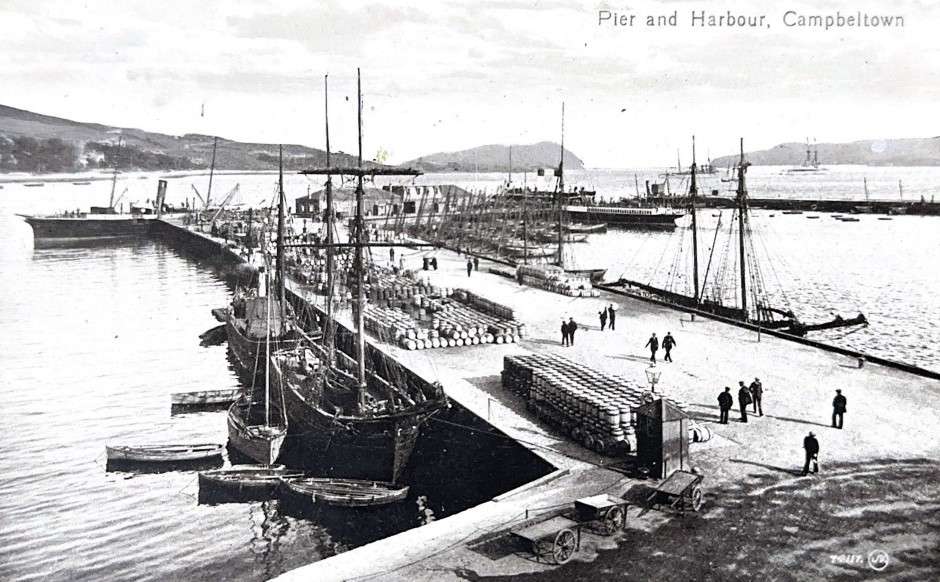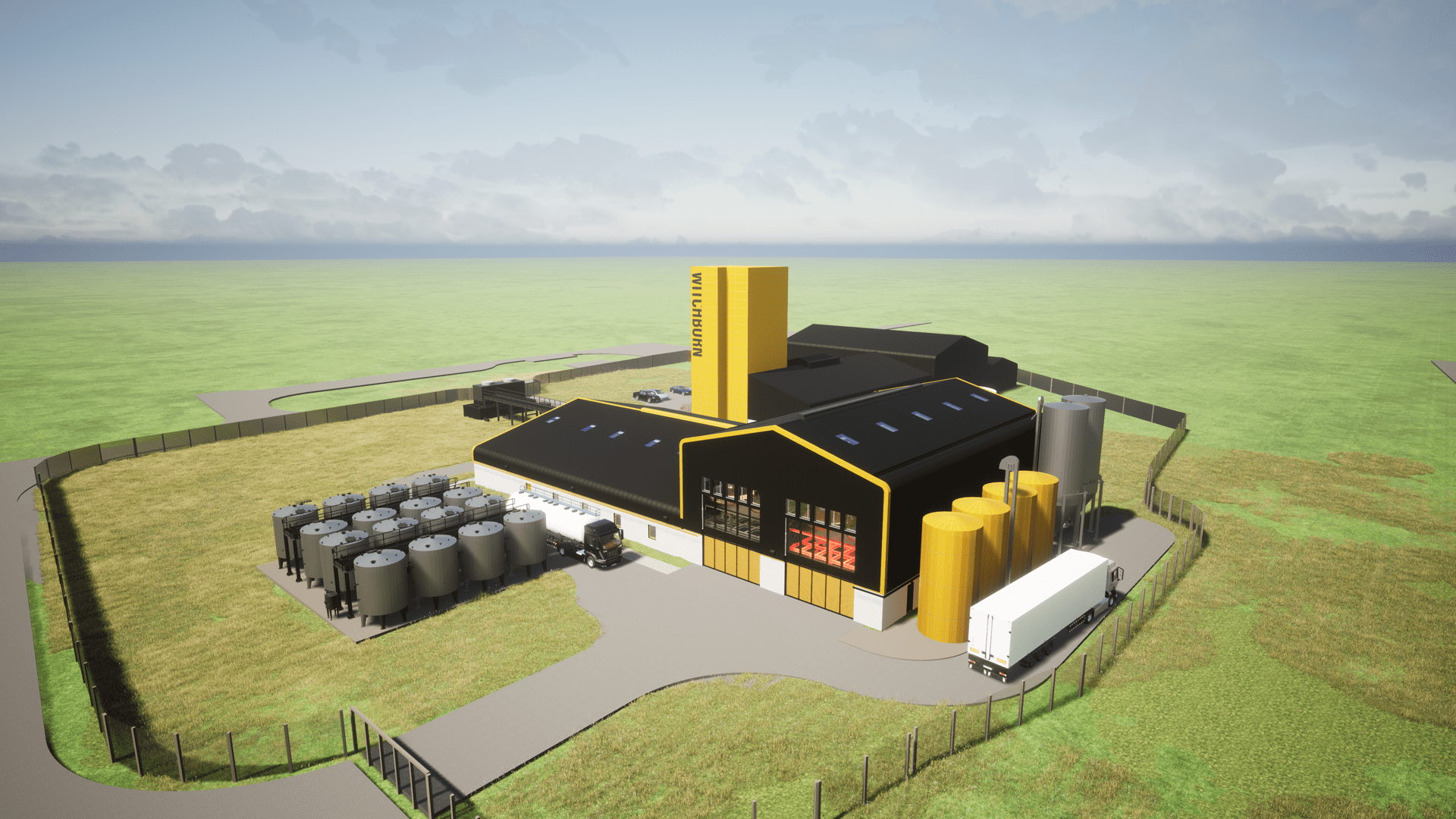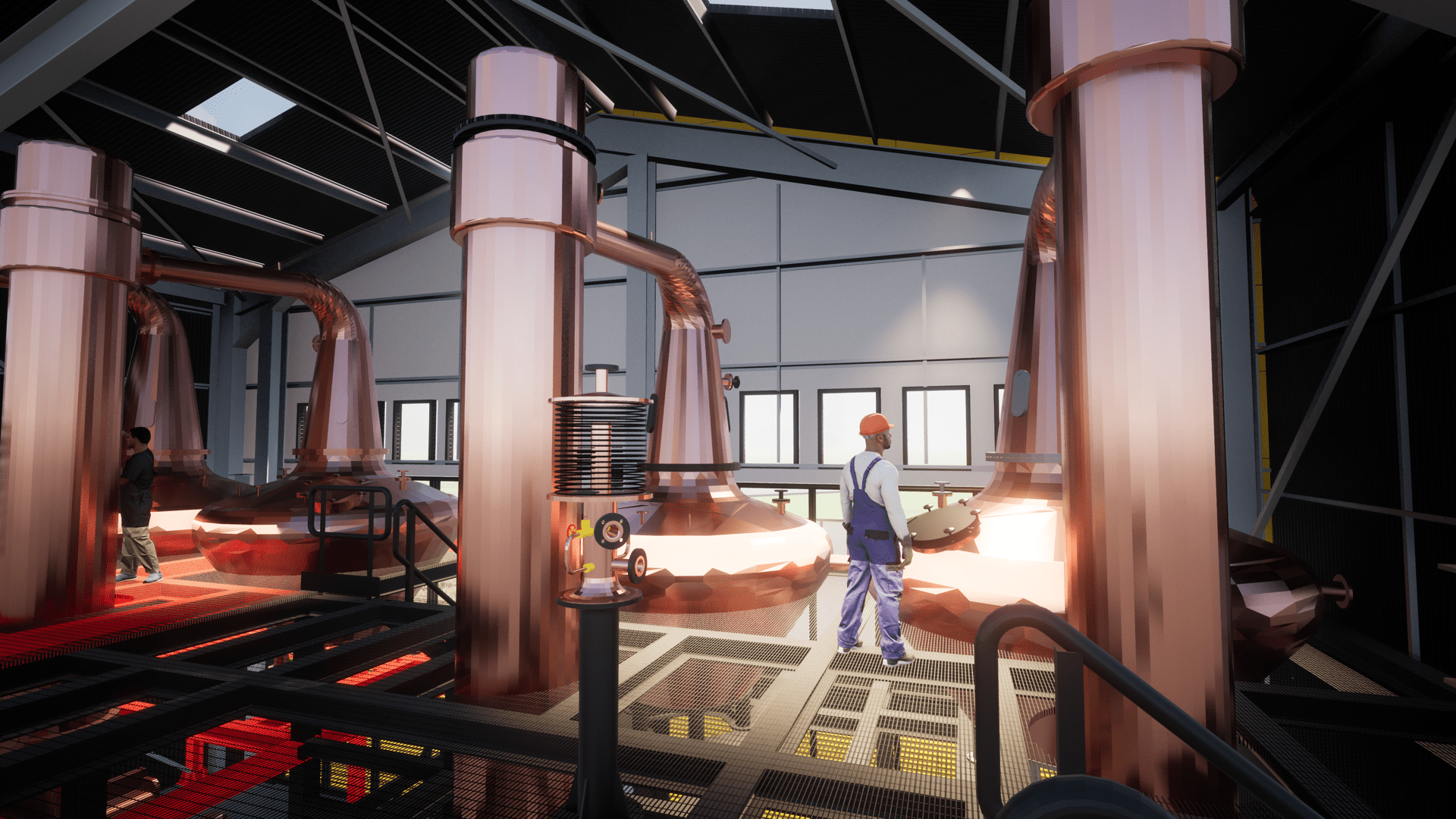Campbeltown was once considered the whisky capital of the world in the Victorian era when it was home to more than 30 distilleries. Now there are just three but there is a whisky renaissance going on there – three more distilleries are planned for the area, two already with planning permission. Campbeltown may be the smallest of Scotland’s five distinctive malt-producing regions, but it is big with whisky history, and a bright future, as Judy Vickers explains.
For Scotch whisky fans there isn’t any time of year which isn’t the right time for a wee dram. But there is something about January – from Hogmanay to Burns Night – which makes this month particularly suitable for a tot of the water of life. Whisky has been made in Scotland since at least the 15th century but it was a mainly undercover illicit operation until the 1820s when changes in the excise law saw legal distilleries spring up and boom all around Scotland. And nowhere did they boom more than in Campbeltown. The small town lies near the bottom of the Kintyre peninsula and these days is considered a fairly remote, tucked-away part of the Scottish mainland. But back in the 19thcentury, the town’s natural assets helped it to become home to more than 30 distilleries and saw it earn the nickname “Whiskyopolis”, the whisky capital of the world, with the highest income per head in the country.
Now there are just three distilleries left; Springbank, Glengyle and Glen Scotia. But with three more distilleries planned, and rumours of others to come, it looks as if the fortunes are on the up for the only town in Scotland considered a whisky-producing area in its own right.
Spiritville

Back in the days of steamers and before railways and roads became the main form of transport, Campbeltown’s natural harbour gave it a key advantage in the emerging industry. Iain McAlister, Glen Scotia distillery manager and master distiller, explains: “Campbeltown has the most fantastic harbour in the world, so goods – barley, casks, equipment – could be taken in and out easily.” That harbour also gave the town good links to markets – Glasgow was within easy reach as was Ireland, and the US and Canada, where many Scots had settled after being forced from their land during the Clearances and were keen to have a taste of their homeland. “There were 30-plus distilleries which came and went. It was the renewables of its day – local entrepreneurs were looking to invest in these new distilleries, it took off here like nowhere else and that really continued until the original owners started to die off,” says Iain.

In 1887 Campbeltown had 21 distilleries and was producing more than nine million litres of spirit a year in town of just under 2000 people – no wonder its other nickname was Spiritville. The town’s skyline was spiked with distillery chimneys and its loch harbour filled with boats, serving both the whisky and the then booming herring industry.
But just a few decades later, that picture had changed. The First World War, followed by Prohibition in the United States, then the Depression of the 1930s, saw the whisky industry decimated in the town. Communication methods had been changing over the years too – Speyside was now more accessible and its lighter whiskies were becoming more fashionable and seen as better for blending.“It had run its course. Distilleries were being bought just to close them down to eliminate competition as they were seen as inefficient and by the time the Second World War came there were just three distilleries and there was no recovery until today,” says Iain.
Campbeltown’s distinctive whiskies

The three distilleries which survive today, only two of the same which were left in the 1930s, have had chequered histories to reach the 21st century. Iain’s distillery, Glen Scotia, was founded in 1832 by Stewart Galbraith. The Galbraith’s held it during the 19th century, but then it was bought by Duncan MacCallum who had an expansive portfolio of distilleries but who tragically drowned himself in 1930, supposedly because he was swindled out of a large amount of money in a dodgy business deal. Iain, however, has his doubts, as MacCallum still left £200,000, a substantial fortune in those days. The distillery changed hands several times and was in the doldrums when it was bought in 1996 by its current owners the Loch Lomond Group. Since then, its fortunes have been reversed and it now produces 700,000 litres a year – 5,000 casks – and has won numerous awards including the top prize for its single malt in the 13 to 15 year old category at the Scottish Whisky Awards
The other two distilleries are both owned by the Mitchell family who have been bound up with whisky-making in Campbeltown since the 17th century. Springbank was founded 1828 on the site of Archibald Mitchell’s illicit still who was already a partner at Rieclachan Distillery, one of the now vanished distilleries of the town. It might have survived to the present day, but Springbank has had a stormy history, literally and metaphorically. In 1883 when wild weather caused the distillery chimneys to collapse and when it was forced to close between 1926 and 1936 due to the effects of Prohibition and again in 1979, reopening in 1989.
Glengyle was begun by William Mitchell, part of the same family, in 1872, when he broke away from his brother John, the Springbank owner, but was hit badly by the First World War and closed in 1925. It was given a new lease of life in 2000 when it was bought back by the Mitchell family and reopened, producing its first whisky again in 2014 under the name Kilkerran. Now those three will be joined by three more distilleries, including Witchburn, which aims to be one of the most environmentally friendly distilleries; Machrihanish Distillery which hopes to become Campbeltown’s first farm-to-bottle distillery and the Dal Riata distillery, which will be located overlooking Campbeltown Loch. And unlike many other industries, Iain says the three established distilleries will welcome their new counterparts, helping to create a whisky renaissance in the town. Iain says: “There has sometimes been an air of sadness to what Campbeltown had been but I think it’s being appreciated again.” And he says there is an appreciation of Campbeltown’s distinctive whiskies, which he says have a saltiness, an oiliness and are a little bit “funky” which set them aside from any other Scottish whiskies. “It’s a very complex whisky with something you can’t quite put your finger on. It’s not a straightforward whisky.”

Did you know?
The whisky regions of Scotland
Campbeltown is one of five “whisky regions” in Scotland, each producing their own distinctive tipples.
Speyside: Probably the most famous whisky-producing area in Scotland which is home to more than half the country’s distilleries. Glenlivet and Glenfiddich, two of the most famous and best-selling single malts, are Speysides. The area around the River Spey in the north-east of the country produces fruity light whisky.
Islay: Islay is known as the Queen of the Hebrides and has eight distilleries, producing whiskies such as Laphroaig – said to be King Charles’ favourite – and Ardbeg. The island is known for its peaty, smoky whiskies.
Lowland: Known for its lighter, sweeter, smooth taste, famous whiskies from this region, in the south of the country, include Bladnoch near Wigtown, and Glenkinchie in East Lothian
Highland: This huge area produces a huge range of tastes, including fruity, salty and peaty. Famous brands include Glenmorangie and Ardmore. This region also incorporates the other whisky-producing islands such as Skye (Talisker) and Orkney (Highland Park).
By: Judy Vickers.
Main photo: Campbeltown harbour. Photo: Springbank Distillery.

